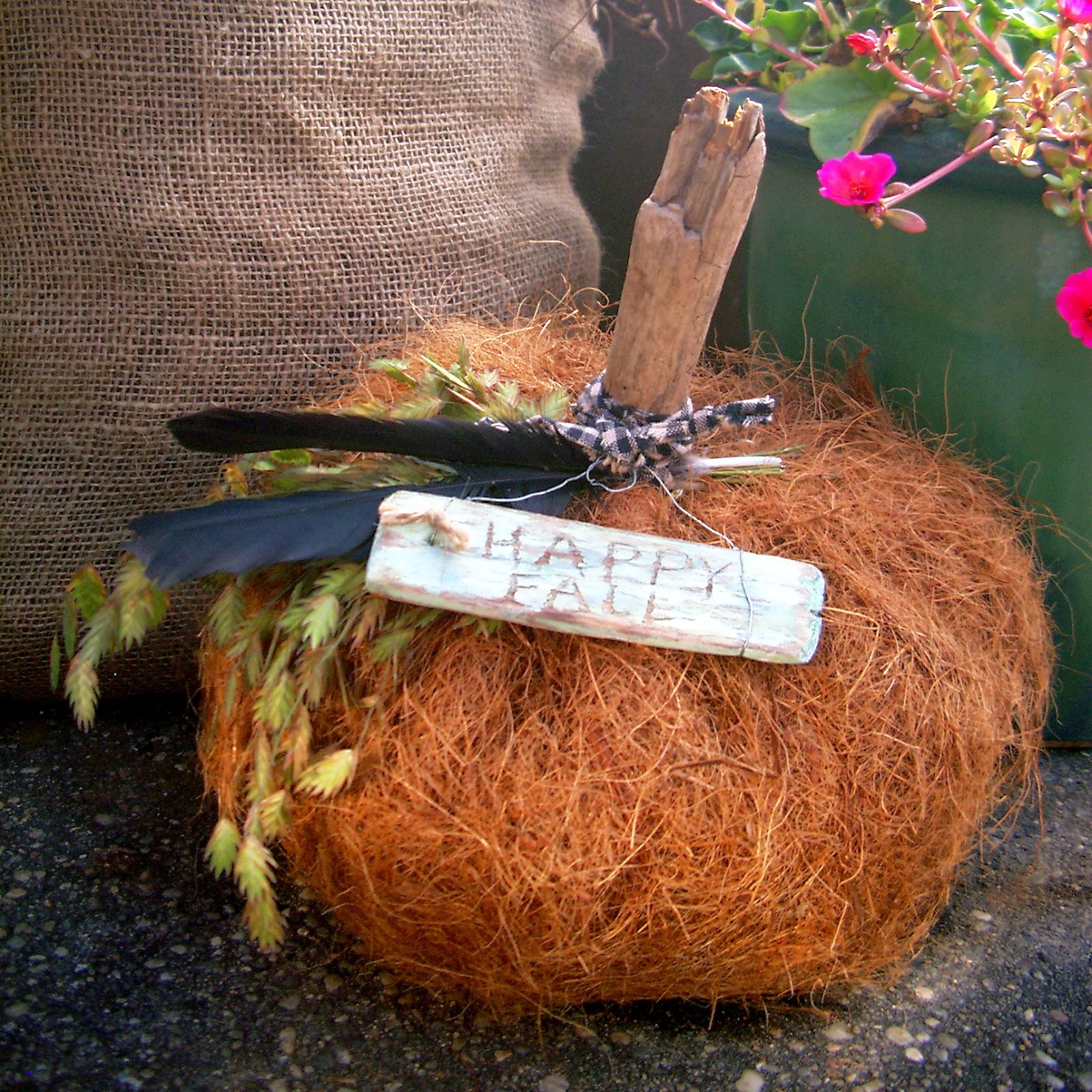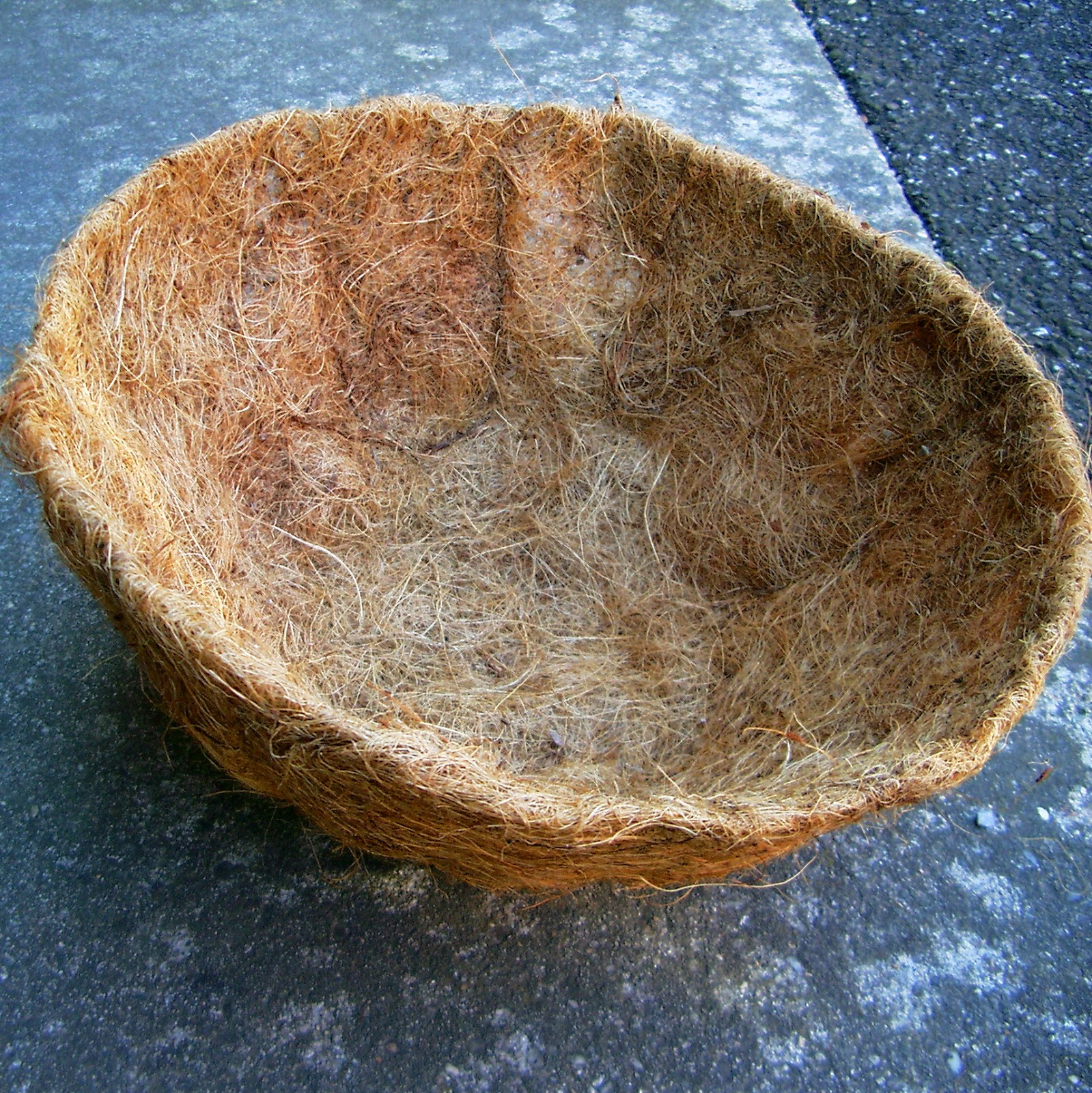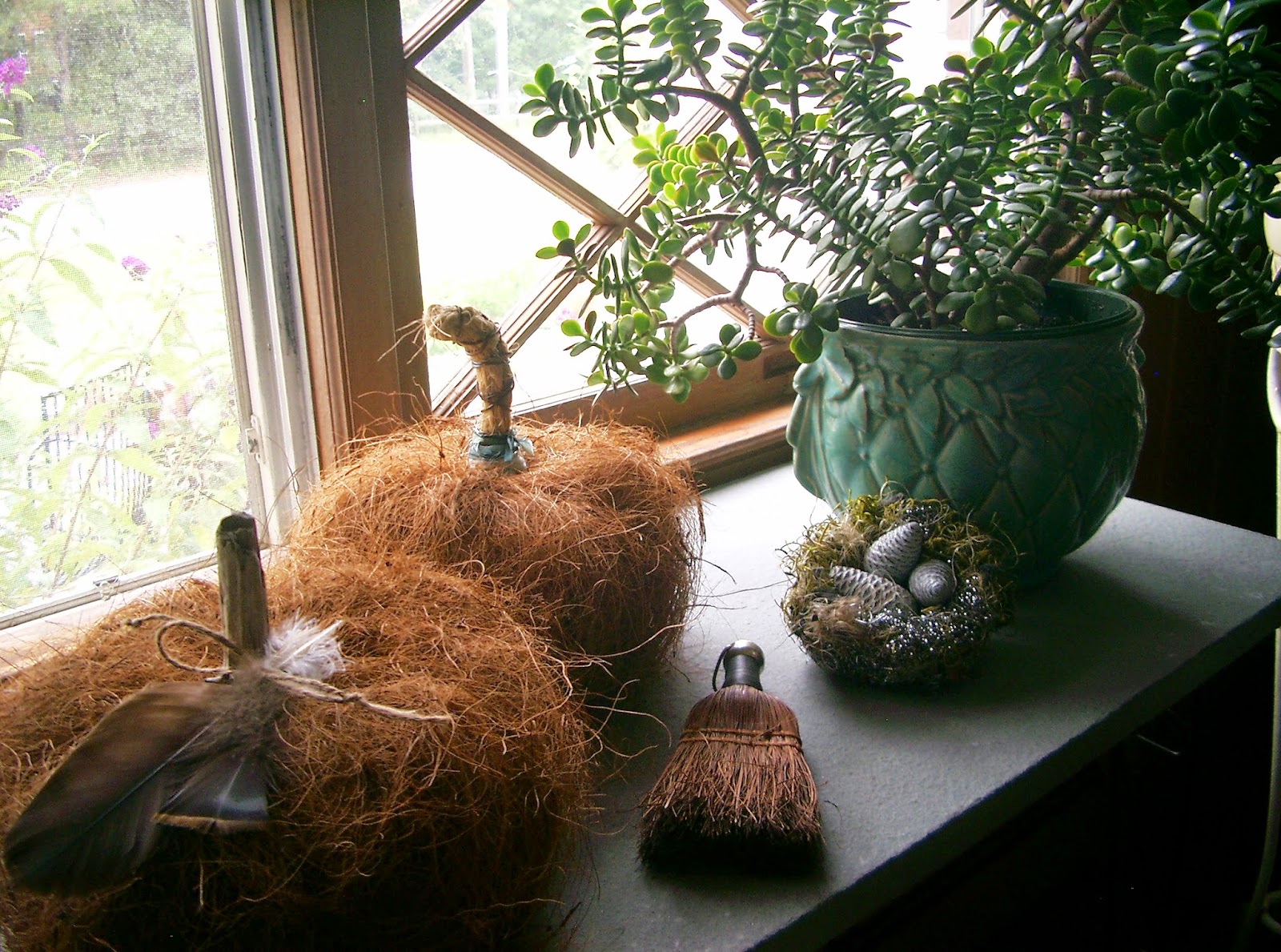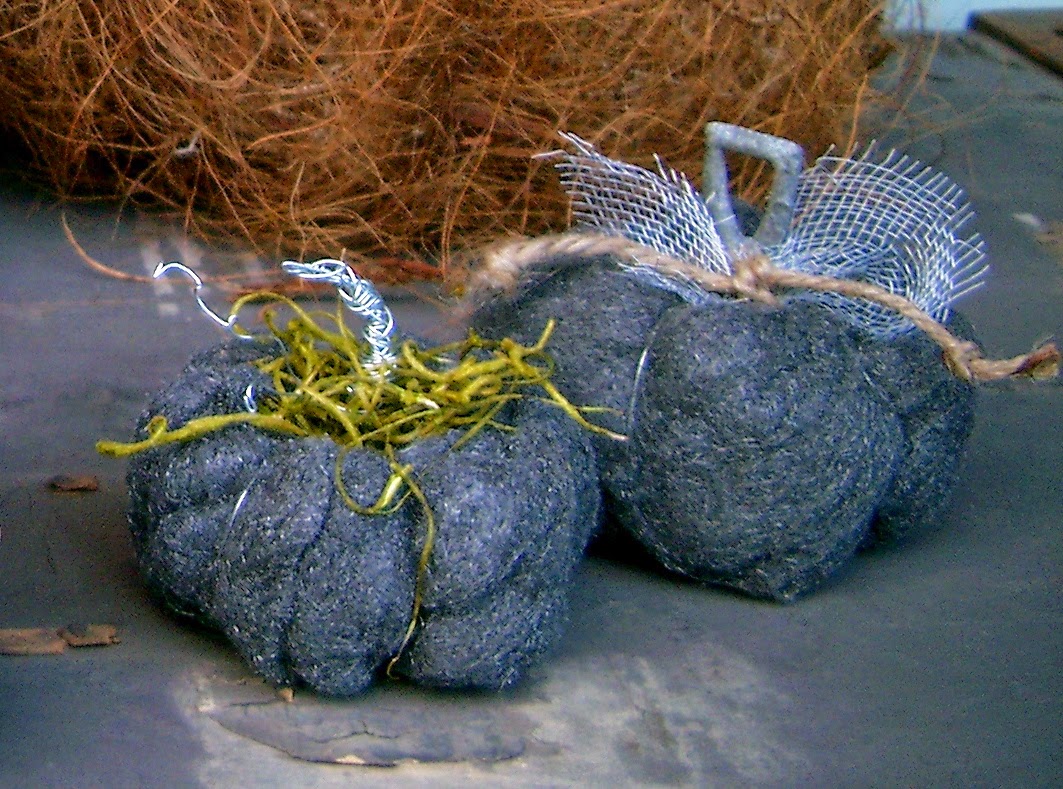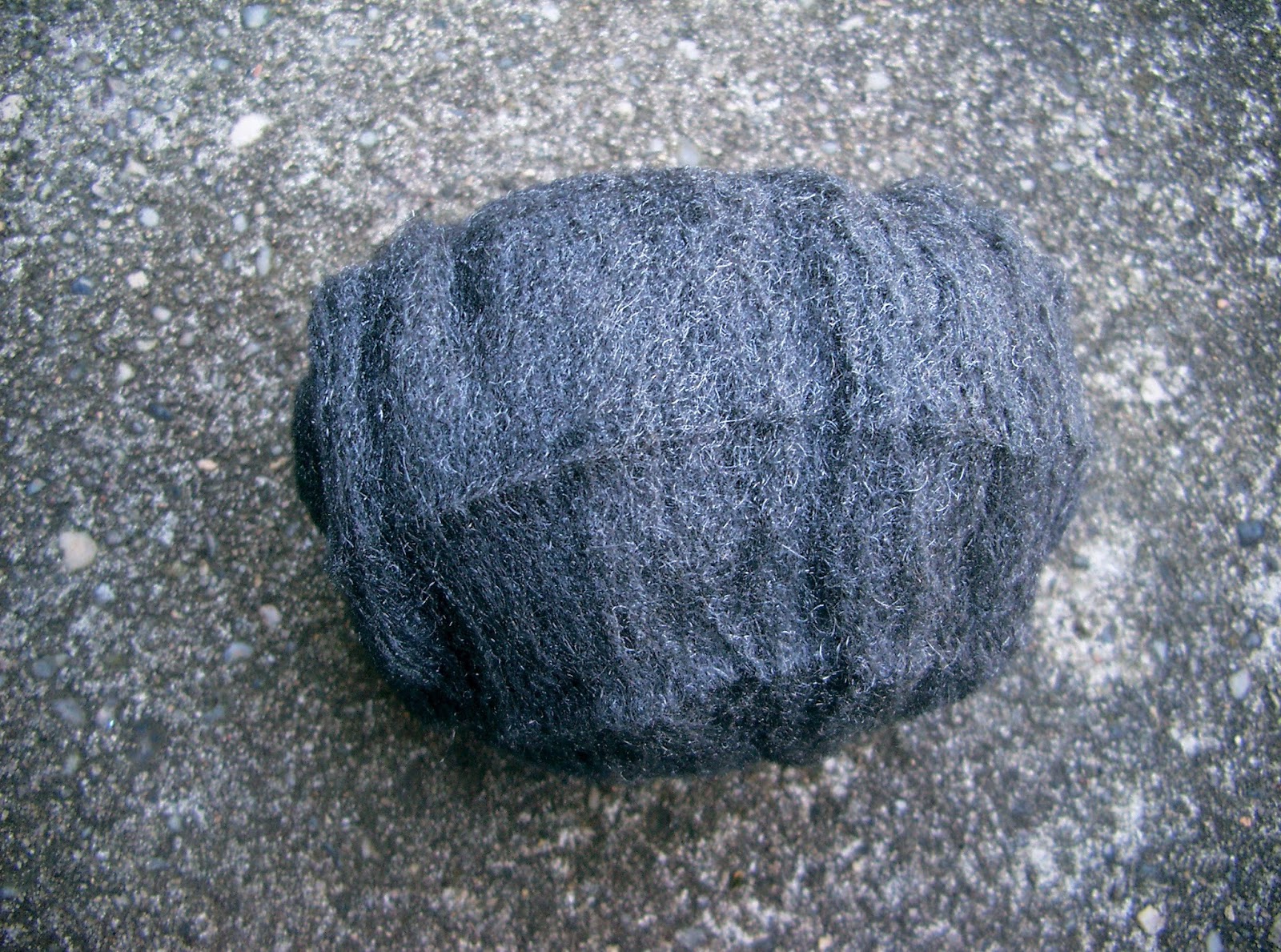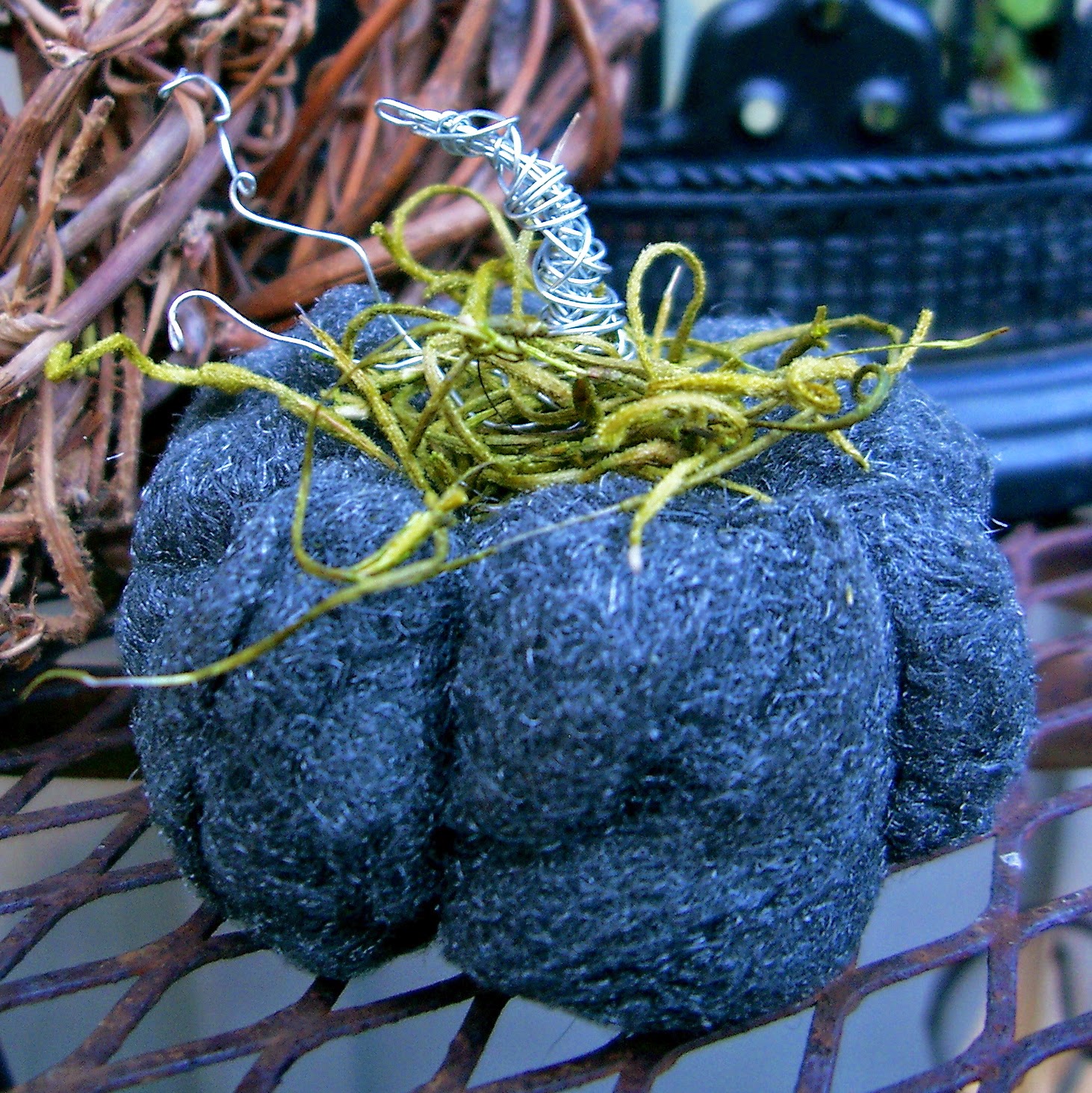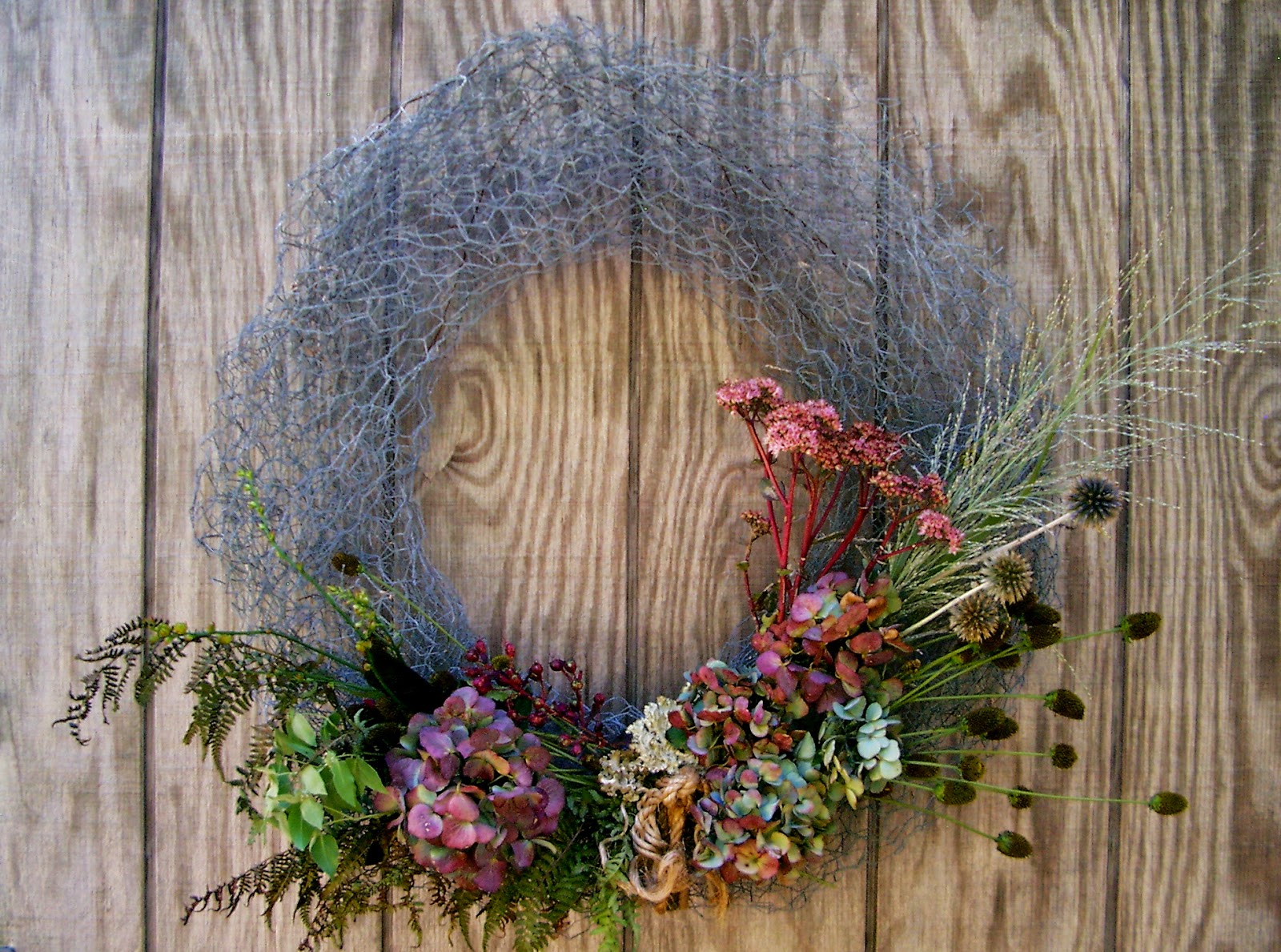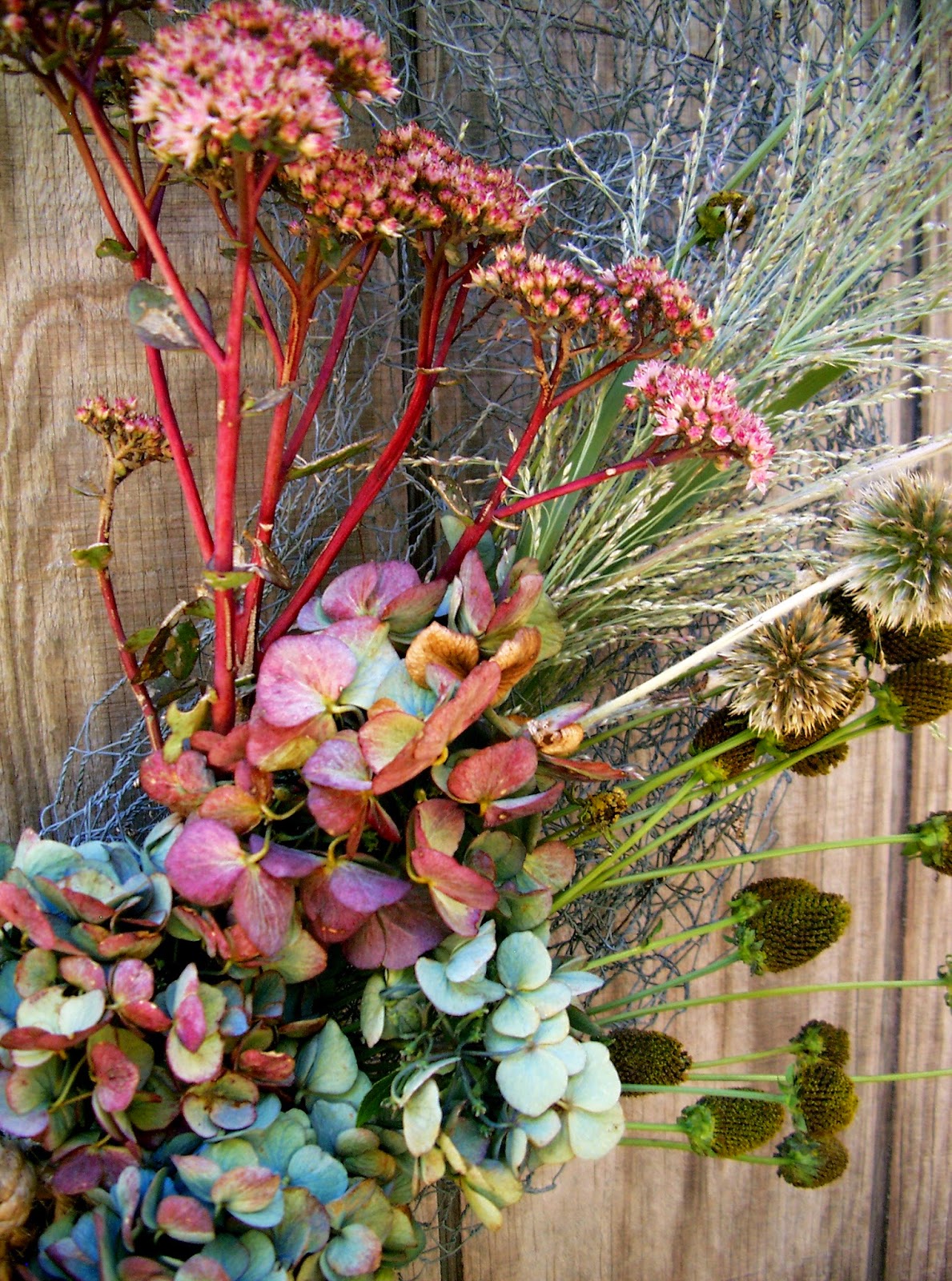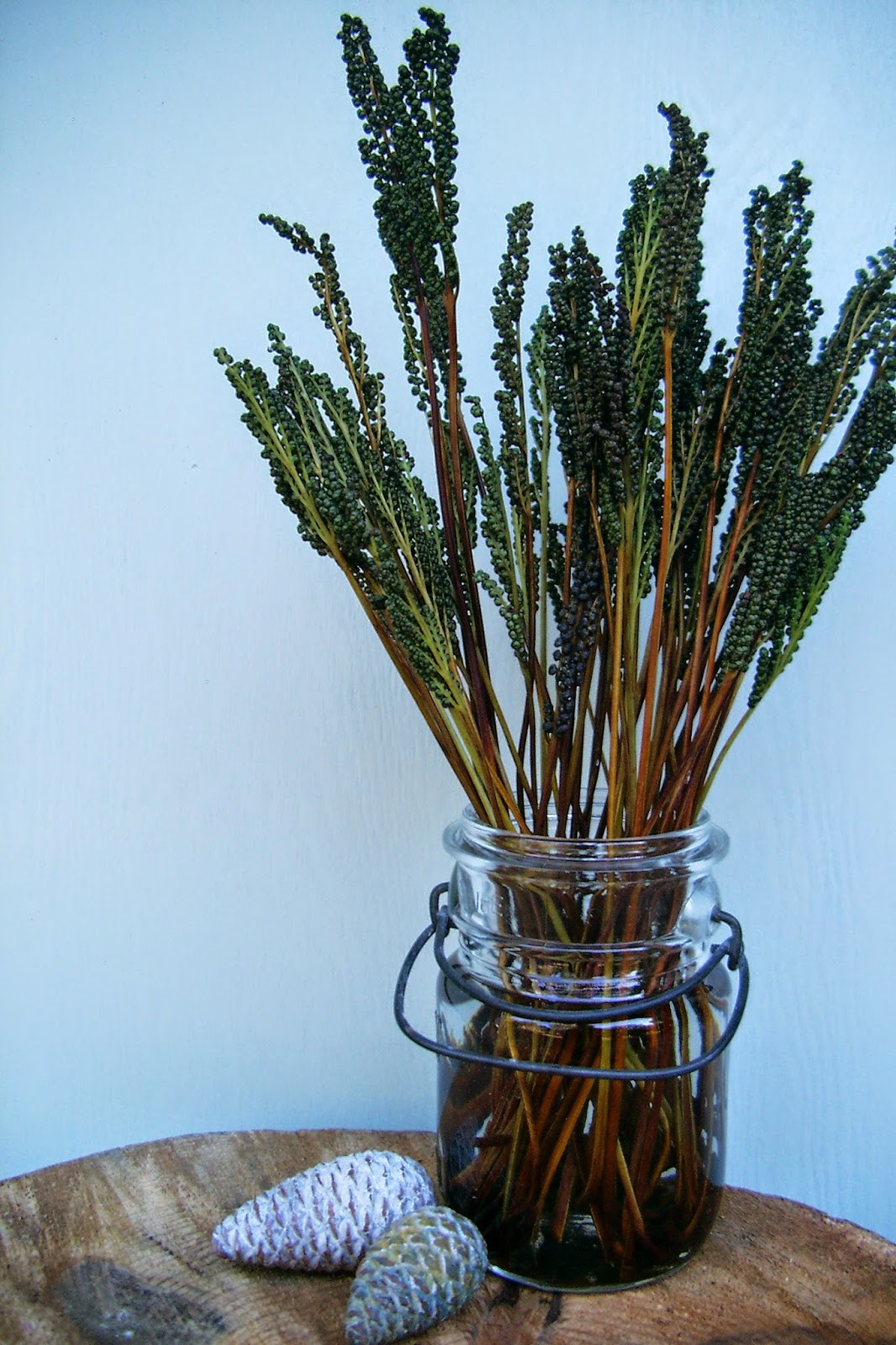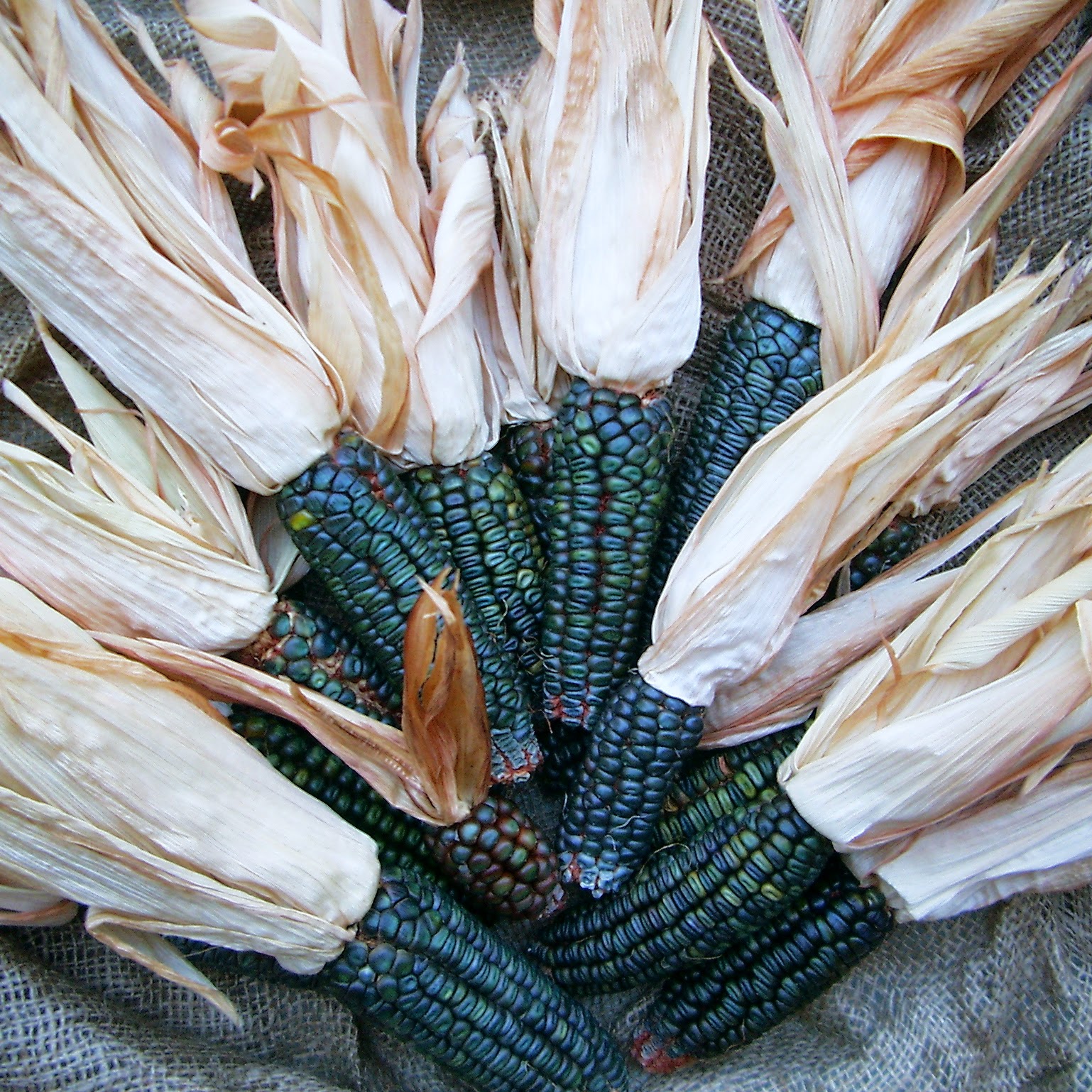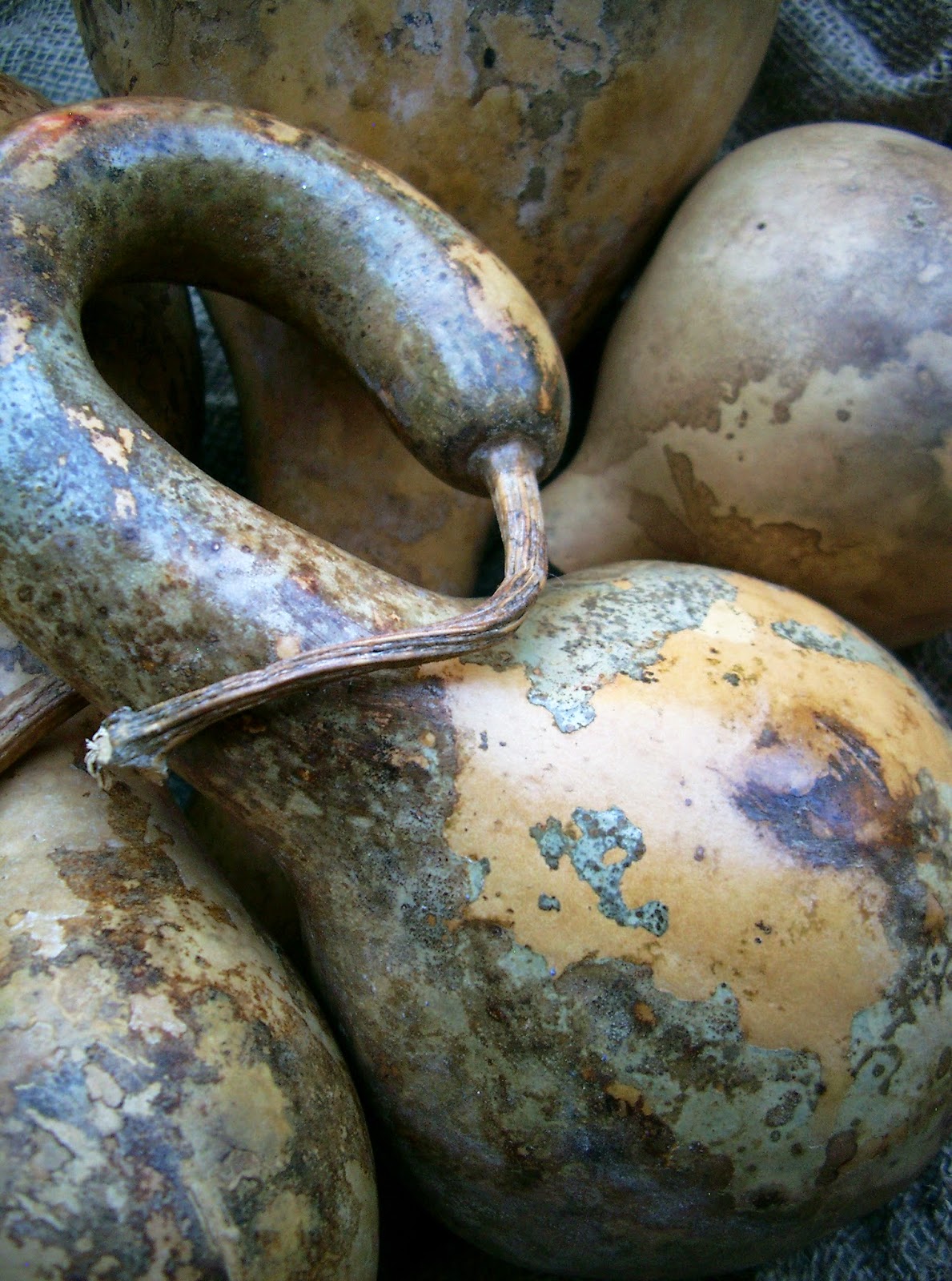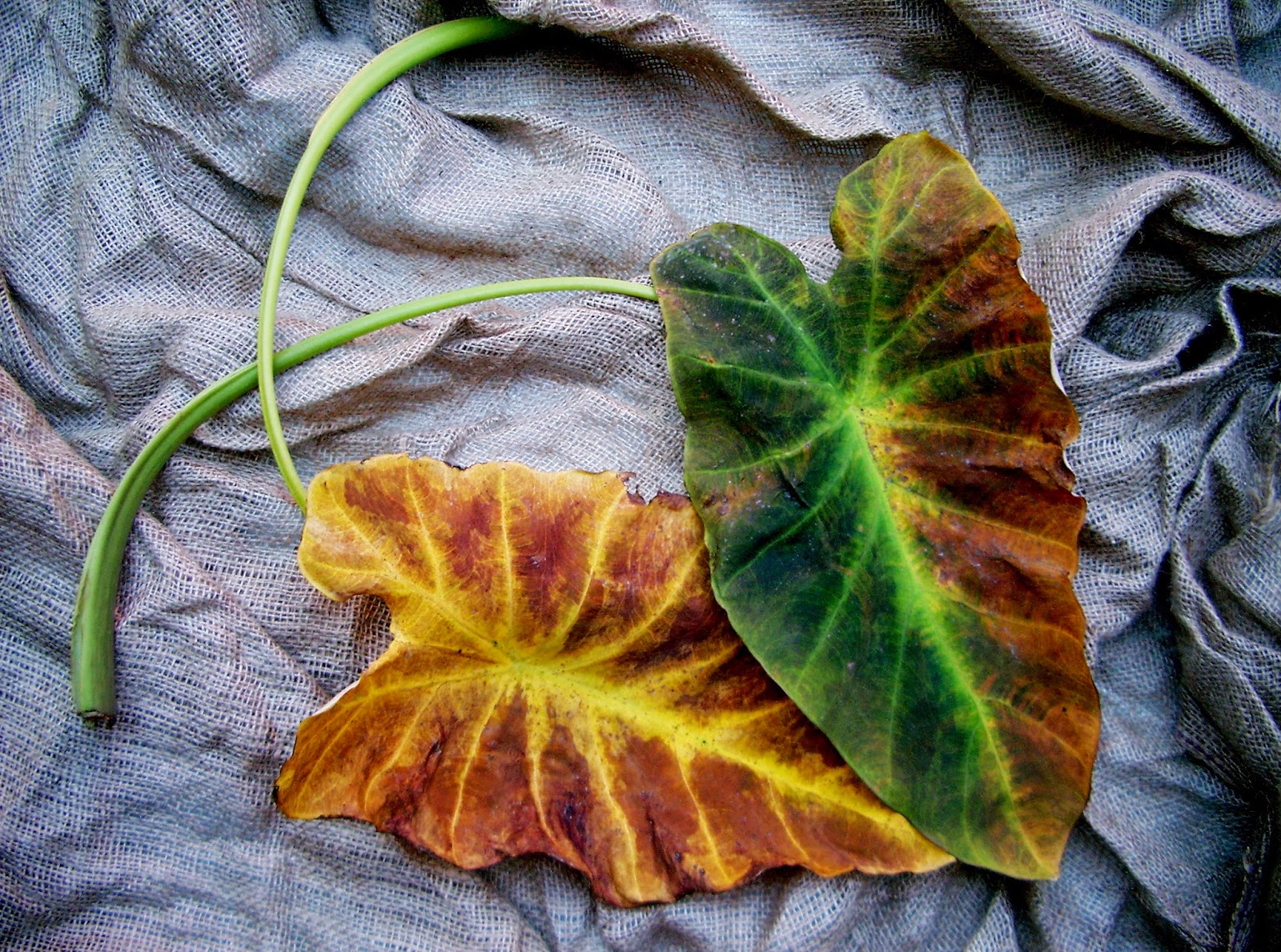EXPLORE THE WORLD OF ATC’S…….INCHIE BY INCHIE!
Are you familiar with the expressive little mixed-media ATC’s, or Artist Trading Cards? I’ve known about them; however, until recently, I’ve never really taken a good look into the expansiveness of this subculture. These artists not only make ATC’s, but Inchies, Twinchies and Rinchies, too. Wait!…….. it doesn’t end there; I’ve also spotted artist trading blocks(ATB’s) and artist trading spoons(ATS’s)! I won’t attempt to be a source for the endless examples out there; just google it for yourself and be prepared to enter an underground world of artistic Lilliputianism. It’s quite impressive. Really.
Pictured are a few that I’ve made. I’ll finish up the Valentine’s Day inspired one this evening. This weekend’s upcoming snowstorm may force me to be housebound for a day; therefore, I may whip up a few more. Note that I used acetate and corrugated cardboard instead of the traditionally used card stock or watercolor paper to create my design upon.
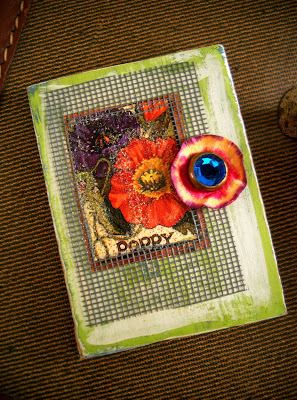 |
| ©Linda Nelson 2016 |
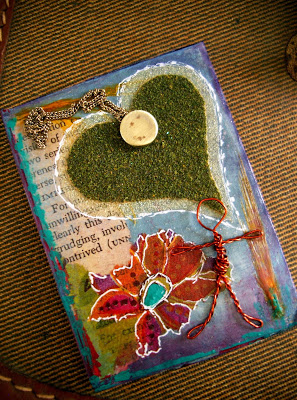 |
| ©Linda Nelson 2016 |
 |
| ©Linda Nelson 2016 |
Perhaps this genre of artwork is yesterday’s news to you. If so, I hope this post reawakens your curiosity as a catalyst for your setting aside some time to play. I find the small-scale nature of this activity ideal for quick, loose exercises which can aid in luring artists out of creative blocks. If, just like me, you are far from lacking ideas and inspiration, but are unable to take on involved projects at the moment, making ATC’s are perfect for releasing brief spurts of creative energy. They make for adorable purse-size mood boards for anyone starting a decorating project, too. Obviously, the conventional, shared pleasure is found in collecting and trading them, hence their name.
 |
| ©Linda Nelson 2016 |
The range of materials used for making ATC’s is endless. I admit that I’m not a big fan of craft supply store chains, nor the the pre-packaged embellishments, decorative papers and accoutrements they sell. I much prefer gathering and finding notions, making my own paint/glue/seal recipes and using homemade/improvised tools for my creative makings; but, that’s just me. Whatever your approach, go ahead and give this palm-size activity a try!
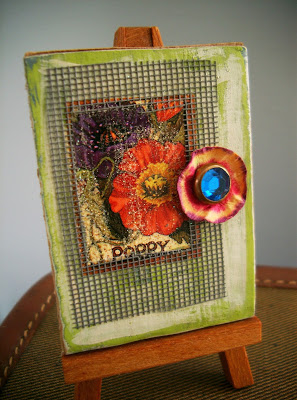 |
| ©Linda Nelson 2016 |
Oh, and by the way, I’ll trade ya!
EXPLORE THE WORLD OF ATC’S…….INCHIE BY INCHIE! Read More »

